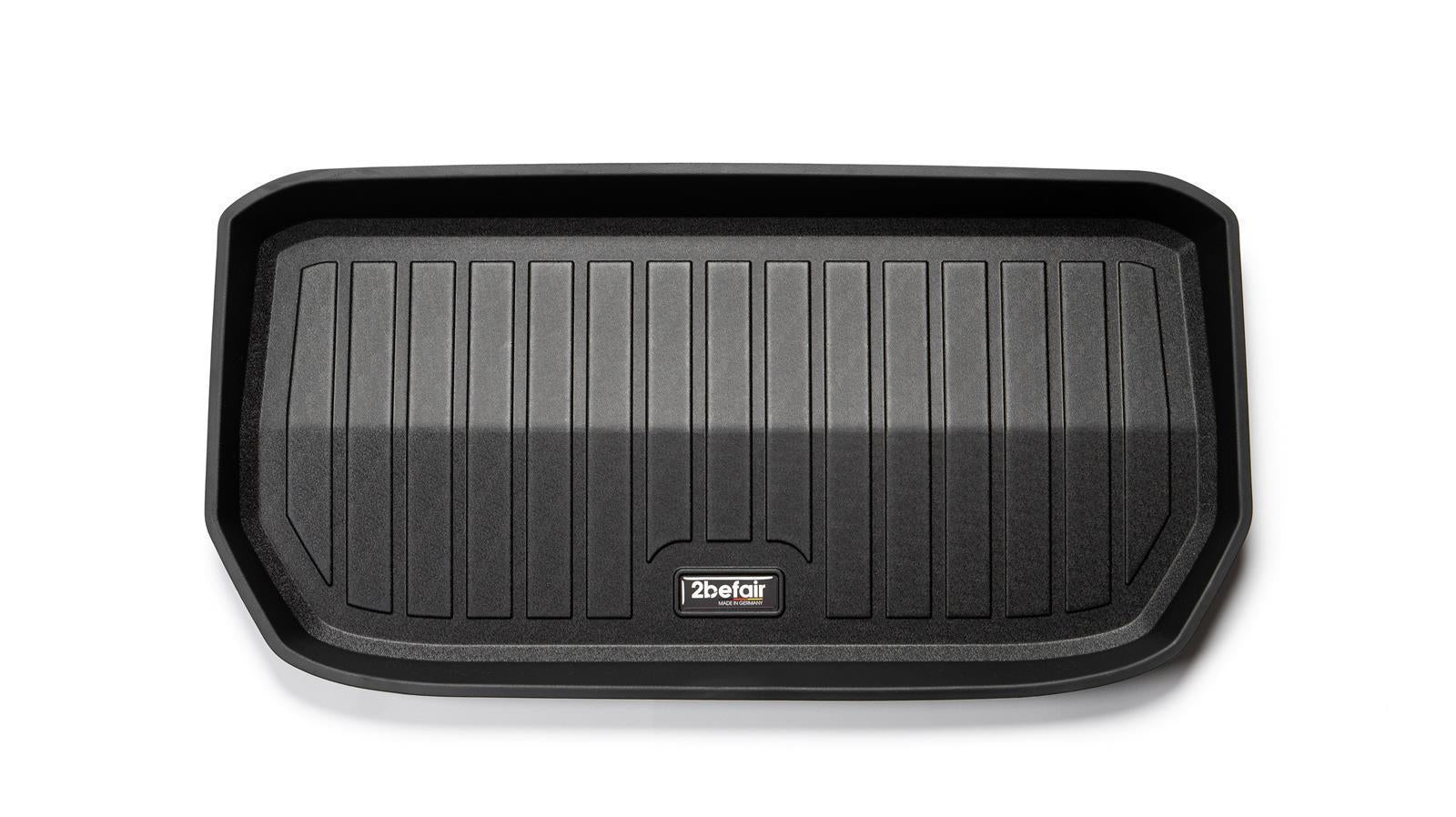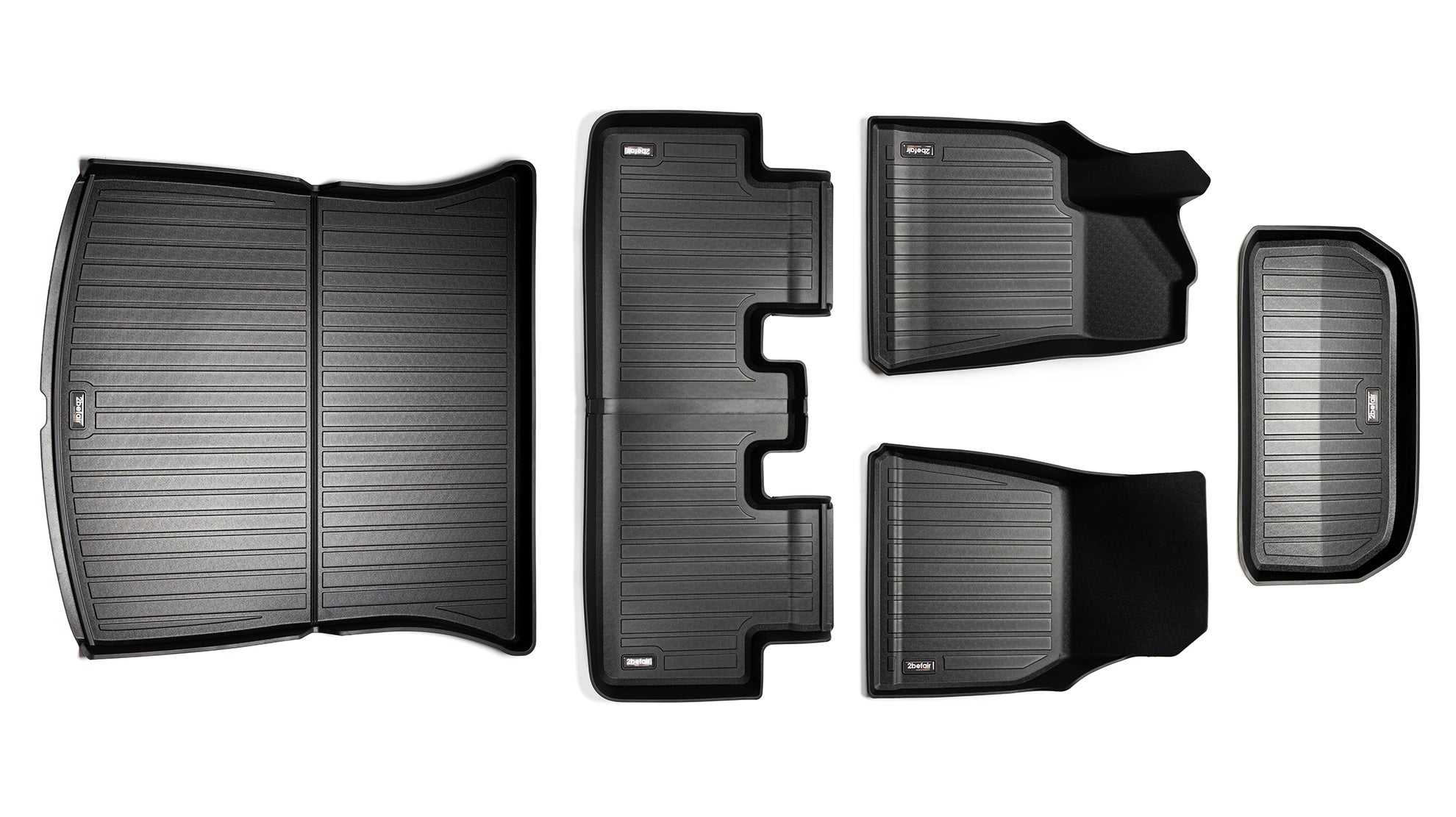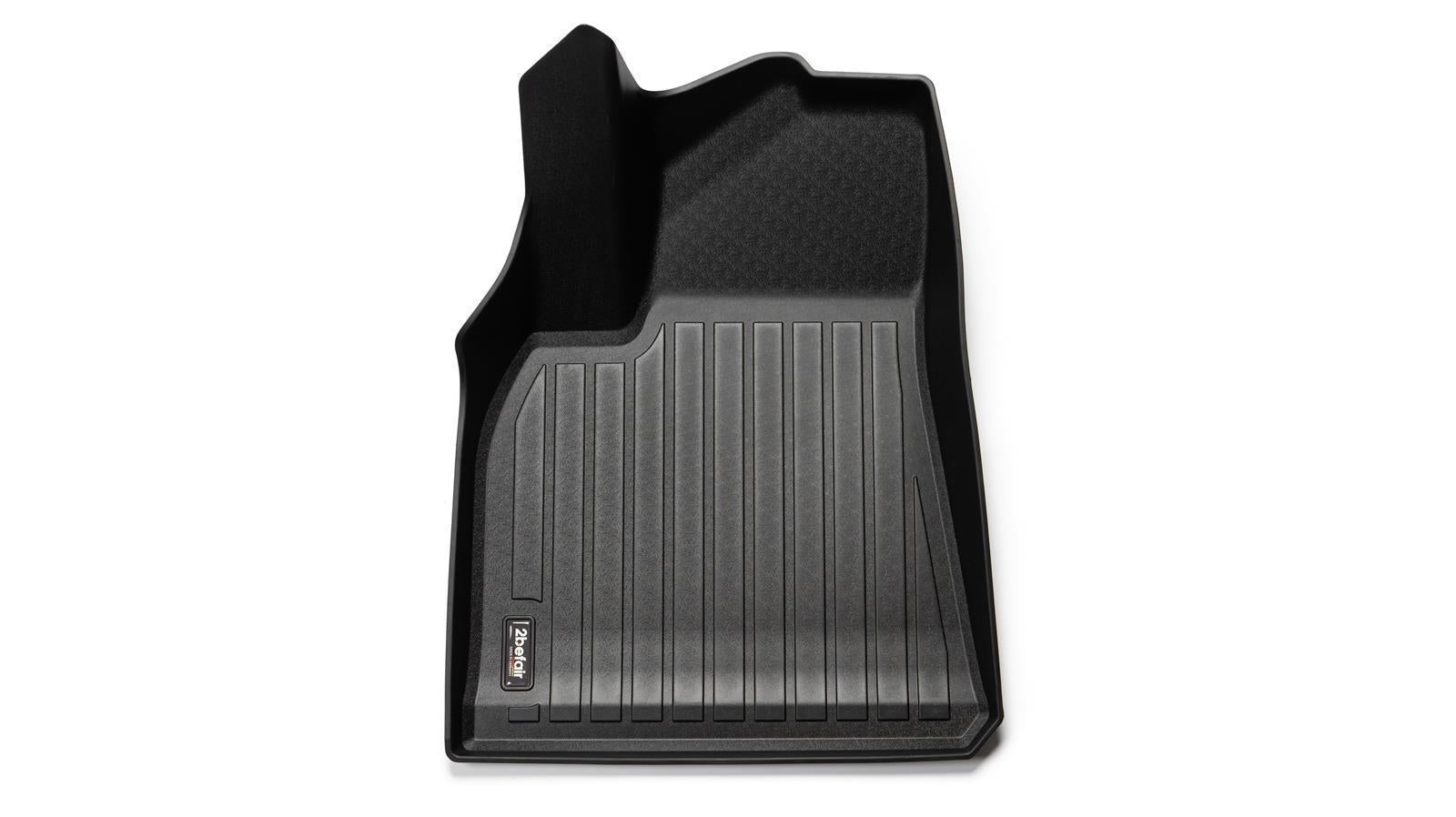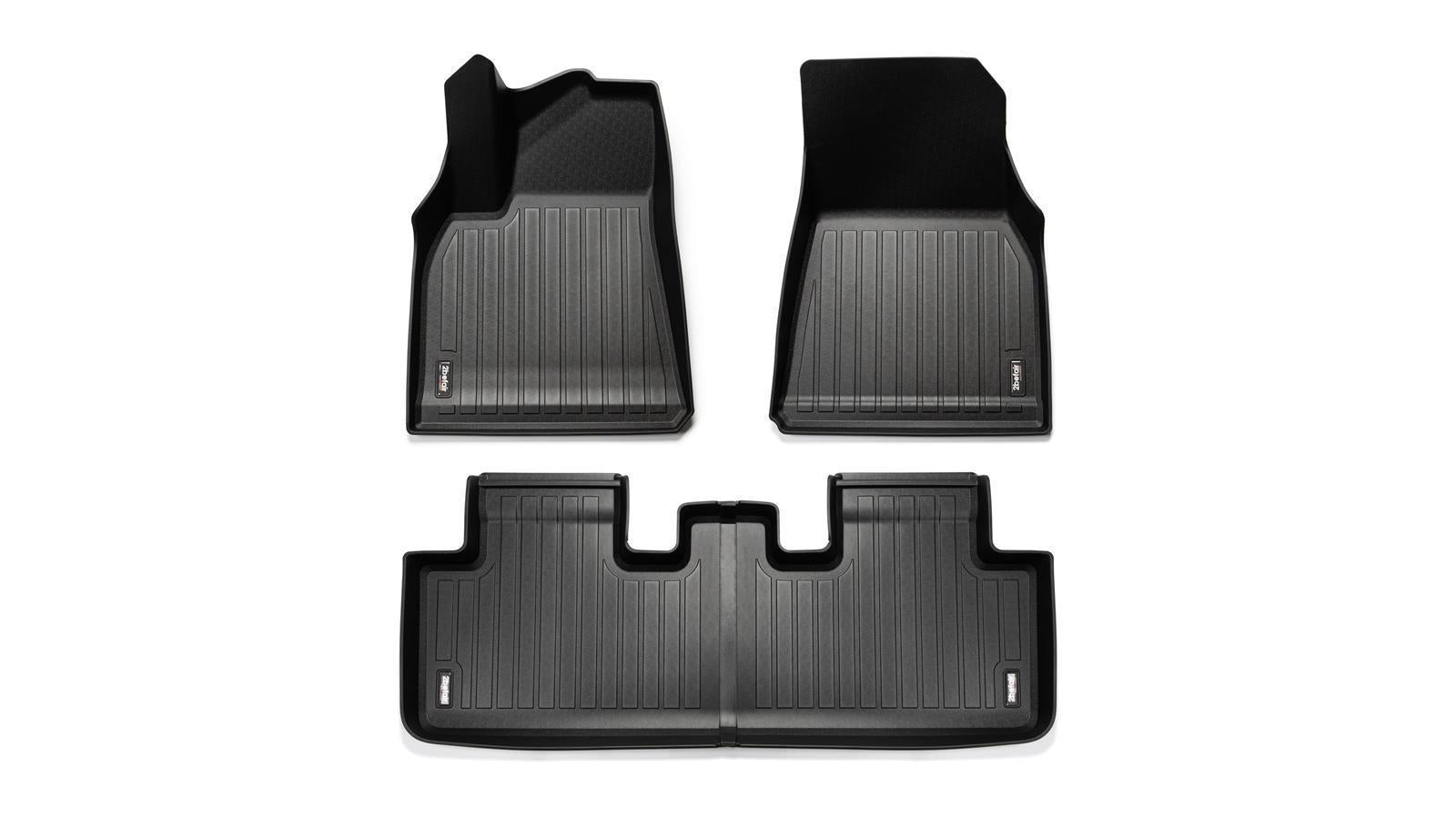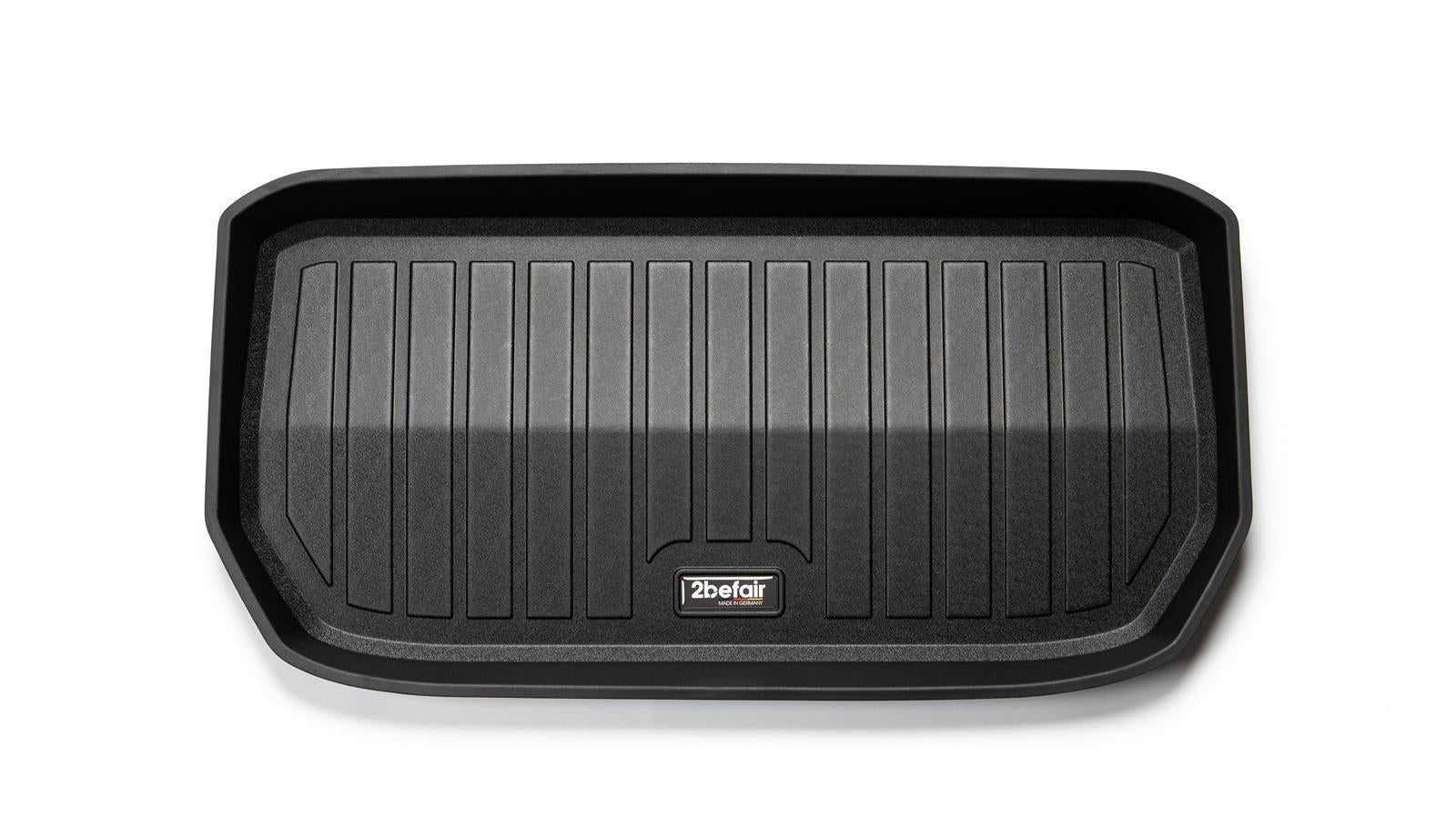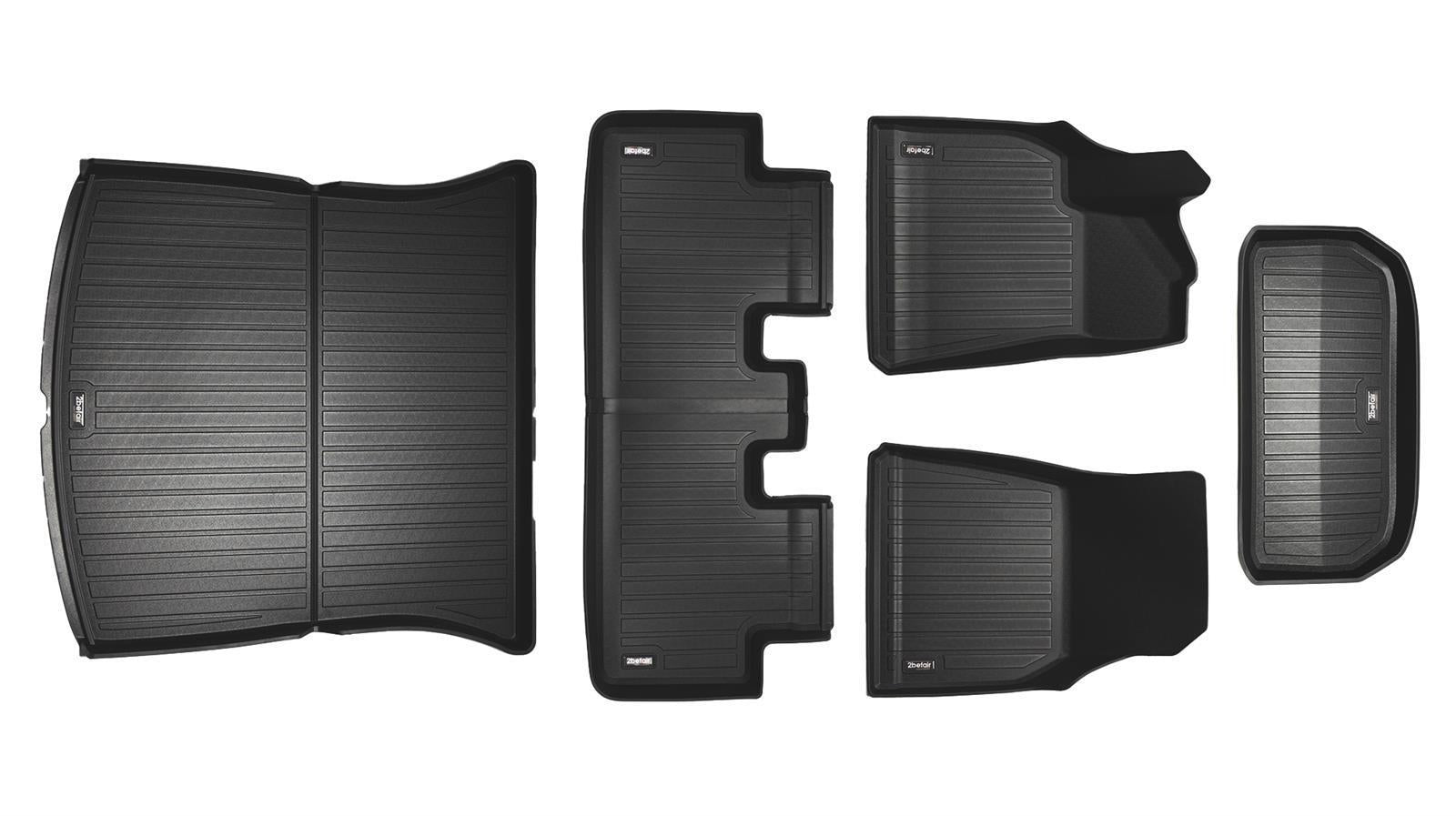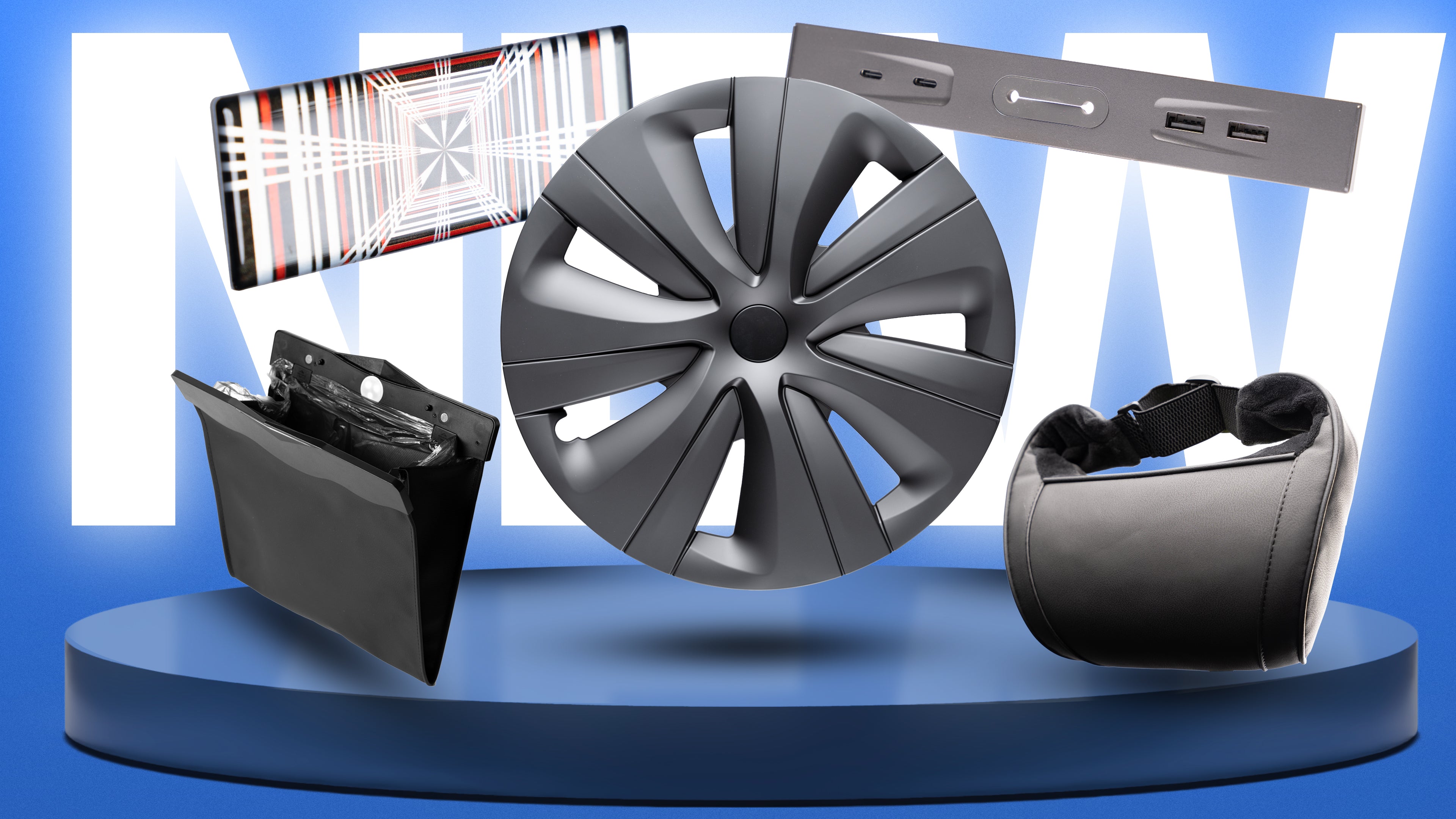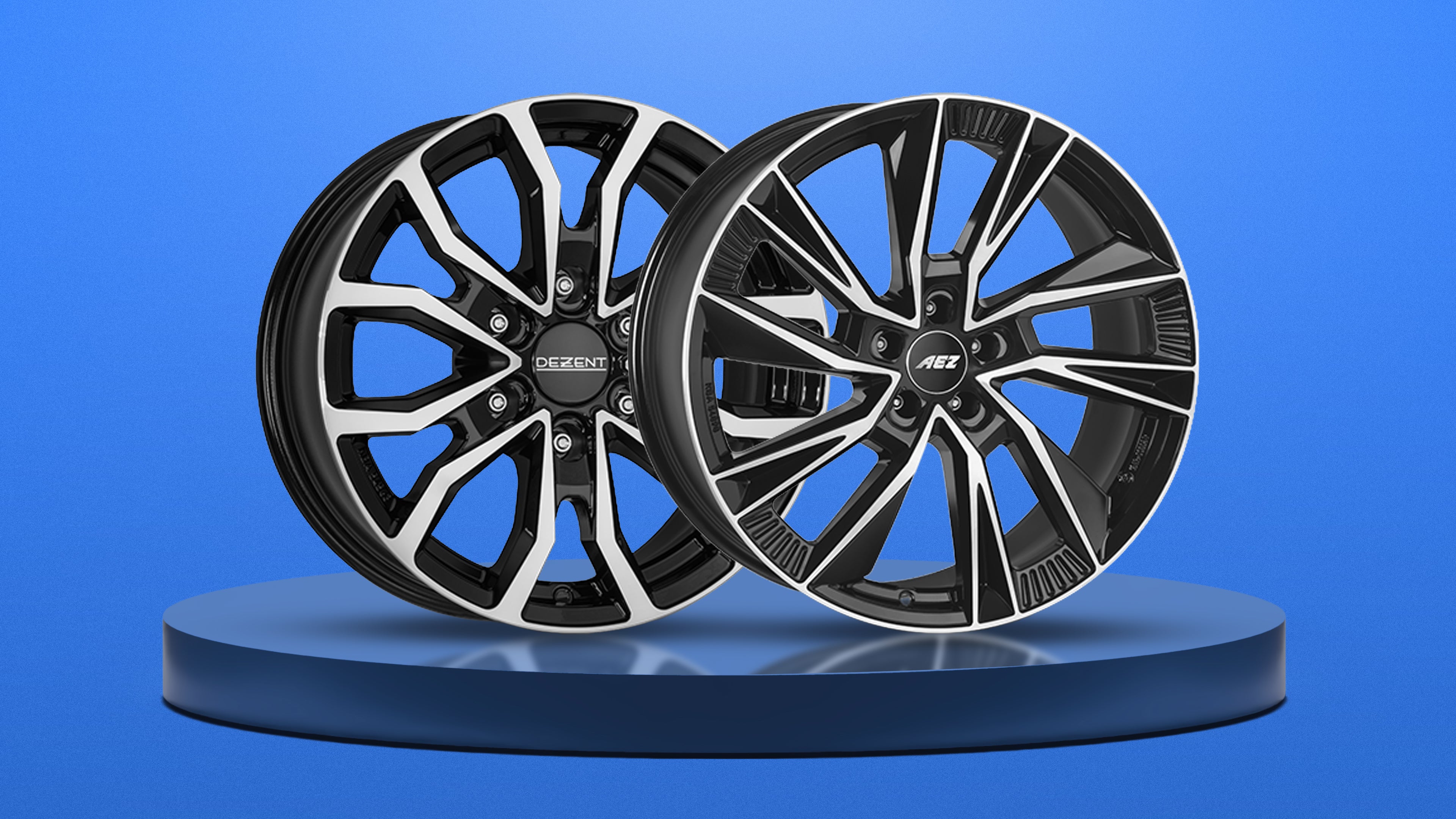A heat pump is an important feature of modern electric cars that saves energy and increases range. Since 2020, it has also Tesla has also been equipping its vehicles with heat pumps. But what are the actual benefits in practice? In this article, we explore the question of which Tesla-models are equipped with a heat pump, what advantages and disadvantages it offers and whether it really saves as much energy as is often claimed.
What is a heat pump and how does it work in practice? Tesla?
A heat pump works in a similar way to a refrigerator, only in reverse. While the refrigerator dissipates heat from the interior to the outside, the heat pump extracts heat energy from the outside air and uses it to heat the vehicle interior. In the Tesla the heat pump also takes on the task of absorbing existing heat from components such as the engine or battery and directing it to where it is needed.
The special feature of the Teslaheat pump is the so-called octovalve. This complex valve system makes it possible to intelligently control the heat flows in the vehicle. Using different cooling and heating circuits, the heat pump can generate up to 16 different combinations to efficiently cool or heat components such as the interior, the battery or the engine.
How the Octovalve works
The Octovalve acts as a central distributor for thermal energy in the vehicle. It enables the following modes, among others:
- Heating the interior by extracting heat from the ambient air.
- Use of excess engine heat to heat the interior or the battery.
- Use of the battery heat generated during fast charging to heat the interior.
- Storing excess heat in the battery when the vehicle is parked and the interior is still warm.
Thanks to this intelligent control, the heat pump can significantly increase the efficiency of the vehicle and reduce energy consumption.
How much range does the heat pump actually provide?
Depending on the situation and driving style, the energy saving effect of the heat pump is between 5 and 15 percent. Factors such as outside temperature, driving speed and route length play a decisive role:
- Slower journeys and low temperatures (around 0 to 10 degrees Celsius) favor the effect of the heat pump.
- On short journeys the benefit is less, as more energy is required for heating.
- With a sporty driving style or high speeds the benefit is reduced, as the total energy consumption increases.
The longer the distance and the more constant the driving style, the greater the advantage of the heat pump in terms of range.
Advantages and disadvantages of the Tesla-heat pump
Advantages
- Increased efficiencyReduction in energy consumption for heating by up to 15 percent.
- Intelligent heat utilization: The Octovalve makes effective use of available heat.
Disadvantages
- Noise developmentThe heat pump can be louder and cause stronger vibrations than conventional heating systems, which can be particularly annoying when preheating in quiet environments.
- Susceptibility to defectsThere are reports of Tesla-owners of heat pump failures at very low temperatures.
Which Tesla-models have a heat pump?
- Model 3All Standard Range models (SR+) produced since the first quarter of 2021 have a heat pump. The Long Range versions have been equipped with it since the fourth quarter of 2020.
- Model YAll models available in Europe Model Y have a heat pump as standard.
- Model S and Model Xmodels up to the end of 2020 do not have a heat pump. However, the refresh model from 2021 is equipped with one.
From software version 2022.16.1.1 onwards, you can activate the heat pump in the vehicle menu under Software > Additional vehicle information check whether your Tesla is equipped with a heat pump.
What if my Tesla does not have a heat pump?
Older Tesla-models without a heat pump use a PTC heating element (Positive Temperature Coefficient) for heating the interior. This system works like an electric fan heater and converts electrical energy directly into heat. The disadvantage is higher energy consumption, as the heat is not obtained efficiently from existing sources.
Conclusion: Is the heat pump a must in the Tesla?
The heat pump offers advantages in terms of energy efficiency and can increase the range under certain conditions. However, the benefits depend heavily on individual factors such as driving style, route length and temperature. The loss of range in cold weather results mainly from the change in battery performance and less from the energy consumption for the interior heating.
If you frequently drive long distances at low temperatures, a heat pump may be useful. The effect is less noticeable on short trips or in moderate climates. The heat pump should therefore be taken into account when choosing a vehicle, but should not be seen as the sole decision criterion.
Keywords: Tesla Heat pump, Tesla Octovalve, heat pump electric car, Tesla heating system, range Tesla Heat pump, Advantages of a heat pump Tesla, Tesla Model 3 Heat pump, Tesla Model Y heat pump, Tesla interior heating, Tesla energy efficiency, Tesla Model Y, Tesla Model 3, Tesla accessories, Tesla store
--
Did you like our article? If you are already a proud Tesla-driver or would like to become one soon, visit our online store Shop4Tesla and secure your 5% discount on all products with the discount code: NEWS4TESLA.
In our extensive range you will find a variety of high-quality Tesla-accessories for every model. Discover exciting innovations and accessories that will make your Tesla-experience even better - www.shop4tesla.com.


